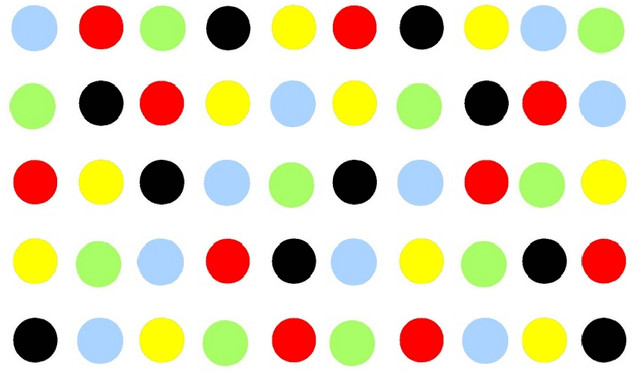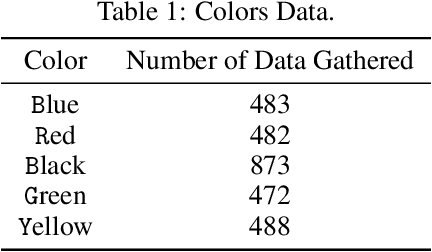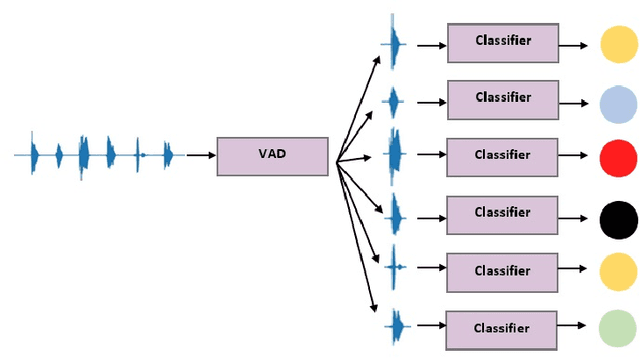Fatemeh Mortazavi
The Validity of a Machine Learning-Based Video Game in the Objective Screening of Attention Deficit Hyperactivity Disorder in Children Aged 5 to 12 Years
Dec 19, 2023Abstract:Objective: Early identification of ADHD is necessary to provide the opportunity for timely treatment. However, screening the symptoms of ADHD on a large scale is not easy. This study aimed to validate a video game (FishFinder) for the screening of ADHD using objective measurement of the core symptoms of this disorder. Method: The FishFinder measures attention and impulsivity through in-game performance and evaluates the child's hyperactivity using smartphone motion sensors. This game was tested on 26 children with ADHD and 26 healthy children aged 5 to 12 years. A Support Vector Machine was employed to detect children with ADHD. results: This system showed 92.3% accuracy, 90% sensitivity, and 93.7% specificity using a combination of in-game and movement features. Conclusions: The FishFinder demonstrated a strong ability to identify ADHD in children. So, this game can be used as an affordable, accessible, and enjoyable method for the objective screening of ADHD.
Automatic Speech recognition for Speech Assessment of Preschool Children
Mar 24, 2022



Abstract:The acoustic and linguistic features of preschool speech are investigated in this study to design an automated speech recognition (ASR) system. Acoustic fluctuation has been highlighted as a significant barrier to developing high-performance ASR applications for youngsters. Because of the epidemic, preschool speech assessment should be conducted online. Accordingly, there is a need for an automatic speech recognition system. We were confronted with new challenges in our cognitive system, including converting meaningless words from speech to text and recognizing word sequence. After testing and experimenting with several models we obtained a 3.1\% phoneme error rate in Persian. Wav2Vec 2.0 is a paradigm that could be used to build a robust end-to-end speech recognition system.
 Add to Chrome
Add to Chrome Add to Firefox
Add to Firefox Add to Edge
Add to Edge